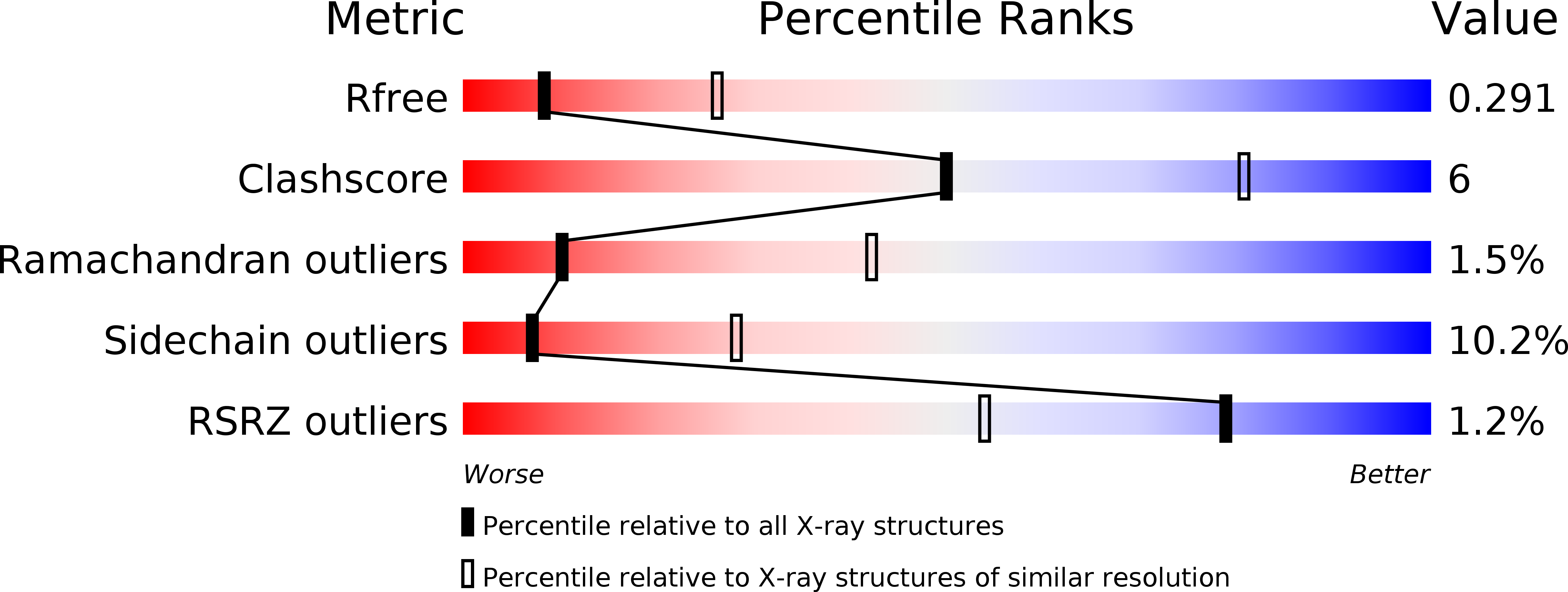
Deposition Date
2017-08-20
Release Date
2017-12-13
Last Version Date
2024-05-08
Entry Detail
PDB ID:
5OT4
Keywords:
Title:
Structure of the Legionella pneumophila effector RidL (1-866)
Biological Source:
Source Organism:
Legionella pneumophila (Taxon ID: 446)
Host Organism:
Method Details:
Experimental Method:
Resolution:
3.00 Å
R-Value Free:
0.29
R-Value Work:
0.22
R-Value Observed:
0.23
Space Group:
C 1 2 1


